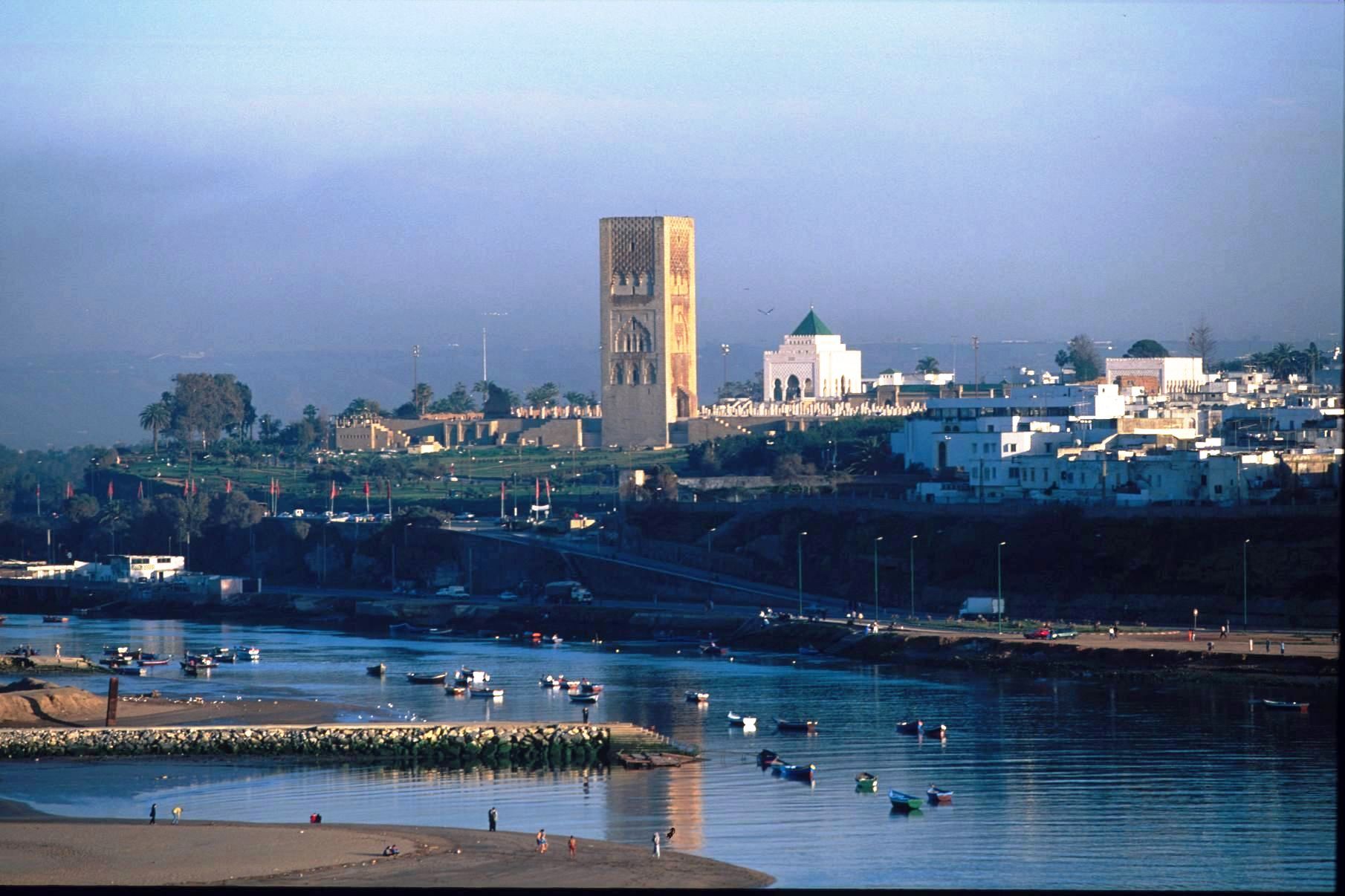www.touradvice.info
Travel
and Vacation Advice
Rabat
Rabat, the capital of Morocco, is another ancient city in the African continent. It is situated on the Atlantic Ocean at the mouth of the river Bou Regreg. Rabat is located on the Atlantic coastal plain, opposite its twin city of Sale, and it is near some beautiful sandy beaches.
Your Moroccan adventure won't be complete without exploring the magnificent capital of this North African kingdom. Rabat is a must-see for every person in this busy world. The city simply offers a relaxing environment through tranquil beaches, comfortable Rabat hotels, and the majestic view of the vast Atlantic Ocean. Aside from the comforting atmosphere, Rabat is also a great place to visit if you want to stay away from the hurly-burly of your modern-day lifestyle.
Since the city had acquired great military importance, it acquired the title Ribatu-Fath, meaning “stronghold of victory”, from which it derives its current name.
Morocco’s capital city is characteristically modern with wide, conservative boulevards, gardens, and large blocks of flats. The king lives here in a beautiful palace surrounded by trees and flowers.
The people of Rabat earn mainly from sectors like leather handicrafts, pottery, and jewellery. Much of the city’s wealth comes also from the other industrial activities such as textiles, fish processing, and carpet making industries. There is a special place for women in the economy of the city as they make valuable contributions through their carpet weaving and embroidery named “Rabati”.
Despite having a rich history dating back to 7th century, Rabat is a far cry from the hectic backstreets of Fez and Marrakech. However, the old part of the city has a Medina and a Kasbah. The city still preserves its old town very well. There is a museum in Rabat that preserves ancient Moroccan art. The Kasbah of the Udayas, an ambitious project of the world’s largest mosque that was left unfinished, is an important site of tourist interest. Yaqub al-Mansur, a Almohad Caliph, had built it.
The city is also known for monuments that exhibit its French colonial heritage.
Chellah Necropolis, a medieval fortified Muslim cemetery, is another important destination. The city’s iconic Hassan Tower and the Rabat Archaeological Museum are also key places to visit.
Rabat’s Dar Es Salaam Golf Course is world-renowned.
Kasbah des Oudaïas: A Kasbah is a “village within a city” and is a good place to take in the sights of the city. It is guarded by the impressive arched gate built in 1195. The Palace and Andalucian gardens and the terrace give beautiful views from the Kasbah Mosque, over the river and sea. The Palace Museum and gardens date back to the 17th century. The museum houses Moroccan art such as Berber jewellery, costumes, and carpets.
Citadel of Chellah: Located in the new town of Rabat, the ruins of Chellah, once a Roman port, provide interesting sightseeing. Just inside the gate are Roman ruins dating from 200 BC, which includes a forum, a temple and a craftsmen’s’ quarter.
Hassan Mosque: You will see the towering 50 metre minaret of the Hassan Mosque from many parts of the city. Each façade of the minaret is intricately patterned with different motifs on each face.
Mausoleum of Mohammed V: The mausoleum was inaugurated in 1967. Located opposite the Hassan Mosque, it is one of the great monuments of modern Morocco. The deceased king lies in a white onyx tomb, surrounded by royal guards, while and hundreds of Moroccans pay homage each day.
The Medina: This medina was created by Muslim Andalusian refugees from Badajoz, Spain. It was essentially the first “seed” of the city until the arrival of the French in 1912 who began creating the new town.
Archaeology Museum: Here you can find a collection of Roman bronze figures, dating from the first and second centuries and recovered from Volubilis. Also, other artifacts from Phoenician, Carthagian and Roman settlements throughout Morocco are to be viewed here. Open 9.00-11.30 and 2.30-5.30, closed Tuesdays. |
Note: The data provided on this website is for informational purpose only. You are not expected to act upon the advice, if any, given in this website. It is strongly advised that before proceeding for travel to an outside country, please contact your country's external affairs ministry for any travel advisory issued. Further, the travel itinerary has to be planned in consultation with an expert travel planner. We are not responsible for any act done based on the data in this website, since this is only for academic interest and not to be treated as a practical guide. Disclosure: We are compensated for our reviews. Click Here for details
|
copyright www.touradvice.info all rights reserved
